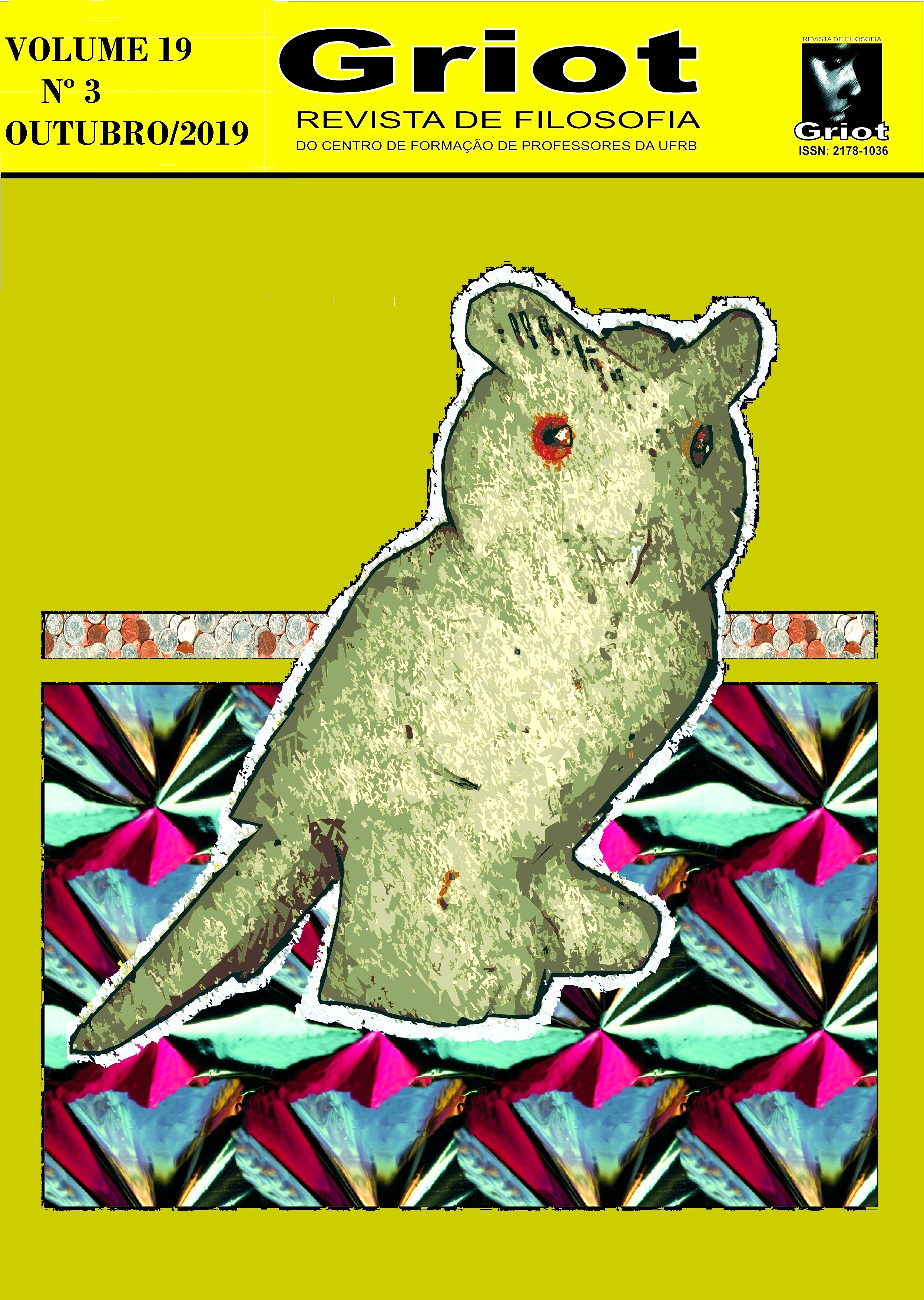In the involving practice of the similarities, the renaissance world
DOI:
https://doi.org/10.31977/grirfi.v19i3.1214Keywords:
figures of similitude; circle; order of knowledge; ordered worldAbstract
This article seeks to return to the corpus of knowledge of the sixteenth century, a time understood as the Era of similarities, second reading of Michel Foucault. We are interested in the approximation of the practical order of the period - rich in signs and spellings - in order to pause in its proper conception of the world - rich in symbology. In this analysis, the Renaissance world will be involved in an intensification of the ordination exercise, governed by forms according to which similarities become known: the so-called figures of similarities - signatura, convenientia, aemulatio, analogia and simpatia. In addition, adhering to a background of general configuration, the notion of circle as a figurative referential will be emphasized, which can be understood in the understanding of the general space of Renaissance knowledge. From the notion of circle we shall refer to the practice of circulation of similarities, and through this we shall indicate a Renaissance world deciphered or interpreted according to an exhaustible network, within the limits of the circular orbits emanating from the adjustment of similarities. In practice, the use of a symbolic marking - inclusive, extended to the cosmic dimension - enables us to visualize an arrangement of how, through the ordering of knowledge, certain dispositions are promoted "between" and "for" things and people in the world.
Downloads
Downloads
Published
How to Cite
Issue
Section
License
The authors who publish in Griot: Revista de Filosofia maintain the copyright and grant the magazine the right of first publication, with the work simultaneously licensed under the Creative Commons Attribution 4.0 International License, allowing sharing and adaptation, even for commercial purposes, with due recognition of authorship and initial publication in this journal. Read more...









































































